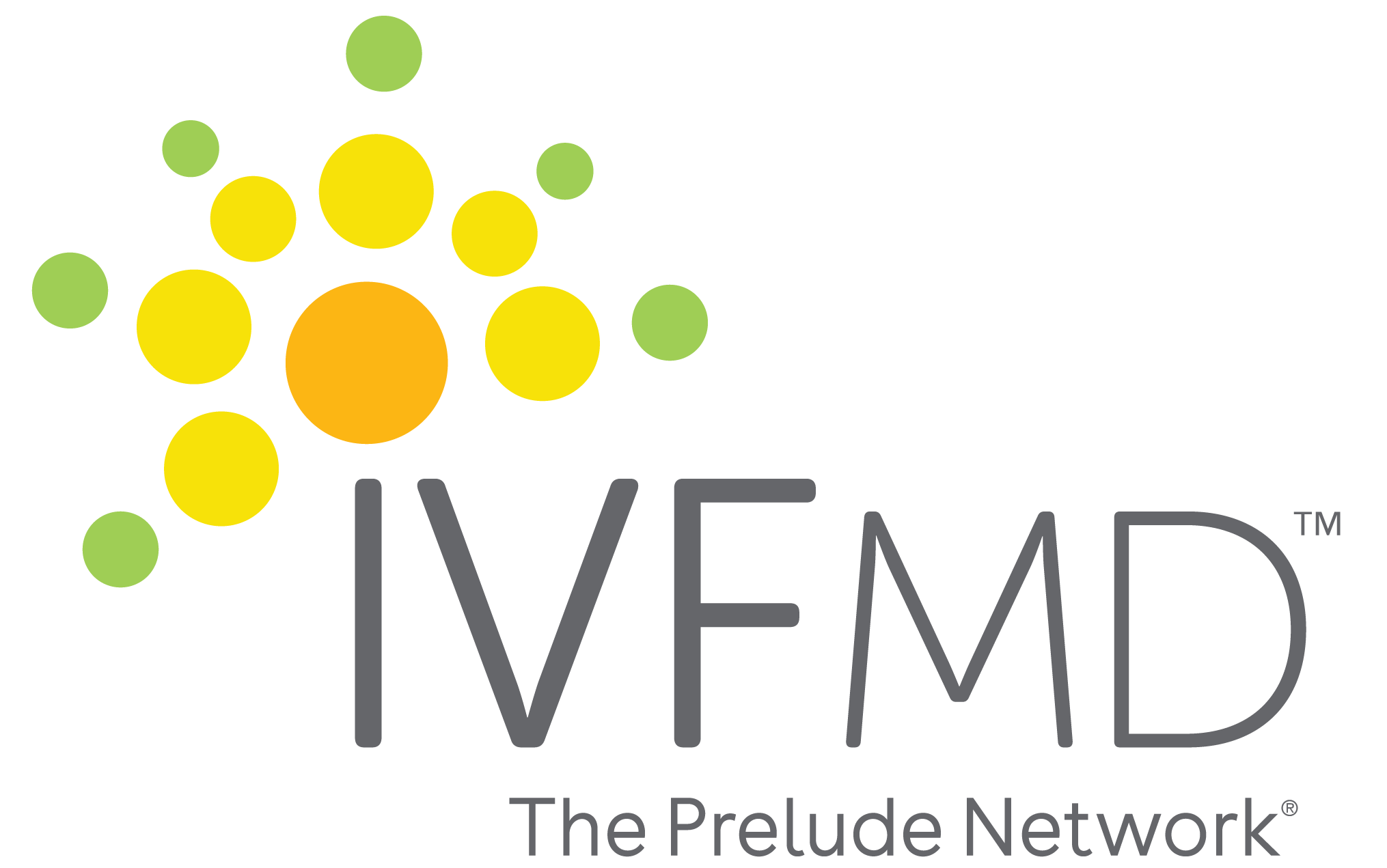How Does IVF Work? A Comprehensive Guide
Overview of How IVF Works
In Vitro Fertilization (IVF) is a complex series of procedures used to assist with the conception of a child. The duration of an IVF cycle varies, but generally, it takes about 8 weeks from the start of initial preparation and ovarian stimulation to the pregnancy test when doing a fresh embryo transfer or creating embryos. If the embryos have been cryopreserved, then it is an additional 8 weeks to prepare for the embryo transfer. Below are several key steps during IVF Treatment.
Initial Consultation and Pre-Treatment
This includes initial consultations, blood tests, ultrasounds, and possibly other preliminary exams to plan the IVF protocol.
At IVFMD, you will discuss your family goals and collaborate with your fertility specialist to plan treatment and undergo preliminary exams. We are happy to answer any questions you may have to ensure you are educated and confident before you start treatment.
Ovarian Stimulation
The process begins with hormone injections to stimulate the ovaries to produce multiple eggs. Typically, a woman naturally produces one egg per cycle, but IVF aims to collect multiple eggs to increase the chances of success. Regular monitoring through blood tests and ultrasounds to track the development of the follicles (fluid-filled sacs containing the eggs).
Before starting any medications, your team at IVFMD will conduct an ultrasound and blood test to verify you are ready to start stimulation. We will also closely monitor follicular development and hormone levels to ensure your safety throughout the ovarian stimulation process.
Trigger Shot and Egg Retrieval
When the follicles are ready, a trigger shot of hCG (human chorionic gonadotropin) or a GnRH agonist (Lupron) will be administered to release your eggs in preparation for retrieval. Your IVFMD physician will work closely with you to assess the best time for the trigger shot to be administered.
Eggs are retrieved from the ovaries in a minor surgical procedure approximately 35-36 hours after the trigger shot.
This is usually done under sedation using a thin needle inserted through the vaginal wall to reach the ovaries. The procedure itself takes about 10-20 minutes and is done under sedation.
Fertilization and Embryo Culture
The retrieved eggs are fertilized with sperm in the lab. This can be done through conventional insemination or Intracytoplasmic Sperm Injection (ICSI).
Conventional insemination: mature eggs can be transferred to the incubator, where sperm is combined with the eggs and fertilization occurs naturally.
Intracytoplasmic Sperm Injection (ICSI): a single sperm is injected directly into each egg. We typically recommend this approach when there is a known male factor or unexplained infertility. Speak with your IVFMD physician about the correct approach for you.
Prior to fertilization, sperm from the male partner or sperm donor is processed and prepared.
The fertilized eggs, now called embryos, are cultured in the lab for 5 to 7 days to develop.
Fresh Embryo Transfer (ET)
You will be instructed to take medications in preparation for your embryo transfer. Typically, one embryo is selected for transfer and is transferred into the uterus using a thin catheter. The procedure is quick, does not require anesthesia, and you will be able to return home the same day. After your transfer, it is recommended to take it easy for the next few days and limit rigorous physical activity.
Any remaining viable embryos may be frozen for future use.
Pregnancy Test
A blood test is done to determine if the embryo has implanted successfully and if pregnancy has been achieved.
Frozen Embryo Transfer (FET) with PGT
Your embryo has reached the blastocyst stage after roughly 5-7 days of development and can be safely biopsied to perform preimplantation genetic testing (PGT).
Preimplantation genetic testing (PGT): a process in which a small number of cells are removed from the trophoblast (what becomes the placenta) and sent to a genetic testing lab to perform PGT analysis.
After your embryos have been biopsied your embryos are vitrified (frozen) and stored on site at the clinic. Consult with your IVFMD physician about long term storage options.
The results from the PGT analysis are usually ready within 2-3 weeks. At that time, you will discuss with your physician to plan for your embryo transfer.
To prepare for your embryo transfer, you will visit the clinic for an ultrasound and blood work to verify you are ready for your embryo transfer. After your test results are approved, you will start at home medications and progesterone injections may be prescribed. Similarly to a fresh embryo transfer, you will visit the clinic for monitoring to ensure you are ready for your transfer.
Frozen embryo transfer is conducted similarly to a fresh embryo transfer. The procedure is relatively quick and rarely requires anesthesia. After your transfer, relax, catch up on Netflix, and do not perform any intense physical activity.
Summary
In vitro fertilization (IVF) has helped thousands of women achieve their family building dream. It involves the use of medications, close monitoring, and is most successful when you have an experienced team of fertility experts working to help you. It’s important to work closely with a fertility specialist to understand your specific chances and to take steps to improve your overall health and readiness for pregnancy.
At IVFMD, our fertility specialists have been conducting IVF procedures since 1991 and take pride in providing individualized care plans specific to your needs. Schedule your consultation today and the first step to achieving your dream of parenthood.


